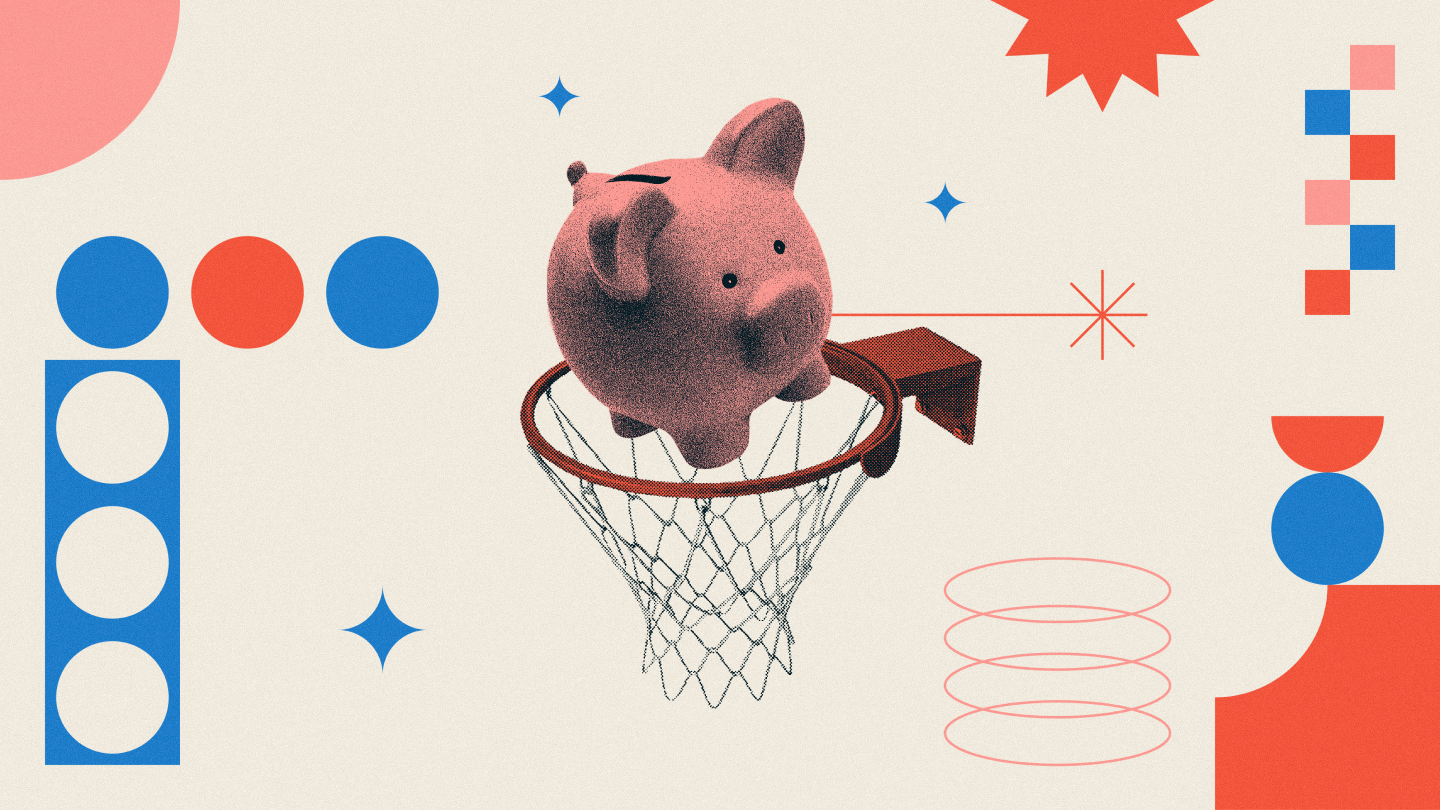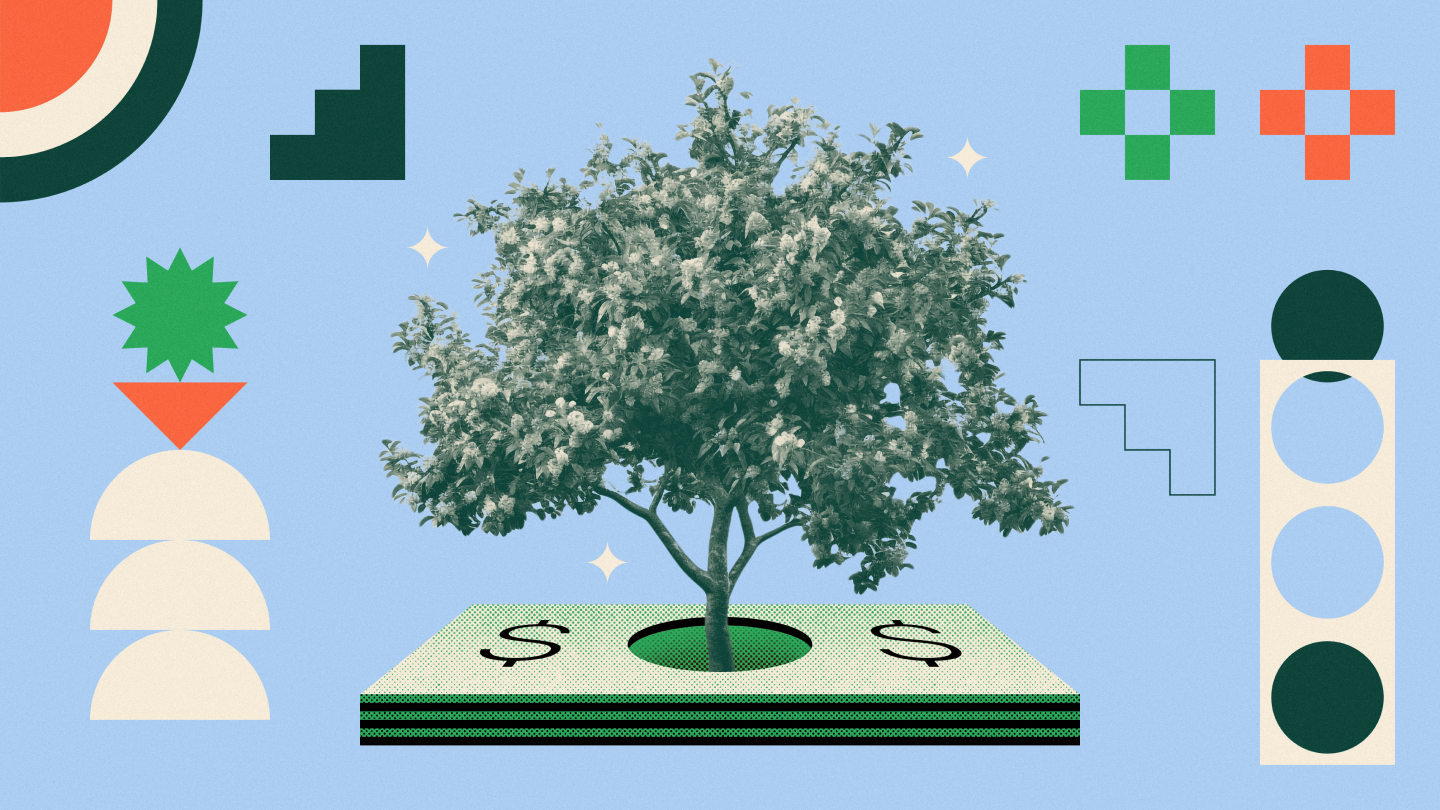Budgeting for Teens: Everything You Need to Know
Learning can help you improve yourself and gain the knowledge and skills to excel in different areas of life. While your child learns science, math, and social studies in school, financial literacy may or may not be part of the curriculum.
No matter how old you are, budgeting is an important real-life skill to have to ensure you know how to balance earning, saving, and spending your money. It’s never too early to start teaching your kids how to budget as they develop habits and become independent. You help them set a solid foundation that prepares them for the various financial obligations and experiences they may face in adulthood.
Your child may have upcoming trips, electronics, concert tickets, or school supplies they want to buy. When they’re older, your child may become a homeowner, buy a car, or start a family. They need money to make these things happen and may have a better chance of reaching these goals with a proper budget.
Learning to budget may feel challenging and daunting. Like any skill, budgeting takes time and practice to improve. Read our budgeting tips to guide you through the ins and outs of budgeting for teens to help your child develop healthy financial habits.
Defining budgeting
Budgeting is creating a financial plan for spending and saving your money. You track incoming money, like paycheques and allowances, and outgoing expenses, like rent, groceries, and bills. Your budget is a template of how you plan to use your money to meet various financial obligations and purchase what you want.
There are different categories—savings, earnings, debt, and expenses. Depending on their age, these categories represent parts of your child’s financial situation that support their lifestyle. When there’s a detailed budget, they know how much they can realistically afford necessities, wish lists, and unexpected emergencies.
Exploring the significance of budgeting
Budgeting can help keep your child’s finances organized and help ensure they spend money wisely. It can help keep their spending in check and on track to reach future savings and spending goals. When they know how much they can afford to spend, there’s a smaller chance of overspending.
Creating a well-thought-out budget can help your child reach their financial goals faster, such as saving for post-secondary education, going on a graduation trip, or buying a new gaming console. When they know how much money they need to buy something, they can create a plan that fits their financial situation. It helps ensure your teen doesn’t get overwhelmed and helps make saving more gradual.
Budgeting can also reveal spending habits by taking a closer look at how much money you make and spend regularly. They may be spending a lot of money in a specific category without realizing it. For example, your child may not realize they’re overspending on going to the movies with friends every weekend. By helping them review their budget, you can help them make necessary changes to develop better spending habits and spend within their means.
Lastly, a budget can help prepare for emergencies. Most experts recommend having an emergency fund worth three to six months of expenses. An emergency can cause significant turmoil and lead to financial troubles without a safety net to fall back on. Your teen might not have any financial emergencies while they’re still young and living under your roof, but budgeting for emergencies by building an emergency fund ensures your child has this safety net later in life while still being able to enjoy buying the things they want and need.
The Essential Components of Budgeting
A budget has four key components you should focus on: income, expenses, savings/investments, and debt. Each component represents an essential part of building a strong foundation that sets your teenager up for financial success. Understanding these components will help them create an accurate budget.
Income
Income represents the money coming into their wallet. This would include allowances or paycheques from an after-school job. Do they have a part-time job at the mall or earn money by helping around the house? List all sources of income and total the monthly amount.
Your child’s income may change month to month, depending on how they earn it. If their income fluctuates, help your child estimate a safe, relatively consistent amount. This will give them a more accurate idea of how much they should include in their budget as they allocate money for savings, expenses, and debt.
Expenses
Expenses include anything you pay for. When you take money out of your wallet, you’re adding an expense to your budget. Expenses fall into two categories: variable and fixed expenses. Variable expenses change, but fixed expenses remain the same each month.
Variable expenses may include gas, clothes, presents, pet accessories, and new gadgets. Fixed expenses may include car insurance, cell phone plans, and extracurriculars. Your child’s fixed and variable expenses may change over time as their budget changes or gain more financial obligations as they get older.
Savings and investments
Savings and investments are an important part of building wealth, and it’s crucial to start talking about these concepts with your teenager from a young age. If you have money left over from your income after paying your expenses, you can put it toward savings. Investing is buying financial products that will hopefully increase in value over time to grow your net worth. Investments may provide returns, such as dividends, interest, or capital gains.
If your teenager earns money, no matter how much or little, learning how to save and invest can increase their assets, allow their money to work hard, and generate more income in the future. Brokerage accounts used to buy and sell things like stocks, bonds, and exchange-traded funds (ETFs) can only be opened if you’re the age of majority in the province or territory where you live (18 or 19 years old), but a parent or guardian can open an informal or formal trust account for younger teenagers to invest.
However, there are other ways for teens to save money, such as opening a youth high-interest savings account (HISA).
Managing debt
Debt is money that you owe to someone. If your child is still in high school, it’s unlikely they have debt—to open a credit card or take out a loan, you need to be the age of majority (18 or 19) in the province or territory where you live. However, some credit card companies may allow you to add your child as an authorized user to your credit card (depending on the card, there may still be a minimum age requirement). If your child turns 18 and opens a credit card on their own or plans to take out a student loan for post-secondary education, these are debts they will have to repay.
Start helping them understand debt with something small. For example, let’s say your child borrows $10 from a friend to buy a couple of slices of pizza and a drink for lunch. They now have a debt to their friend until your child pays them back. Starting with small debts like these can help them understand what debt is and the importance of paying off bigger debts later on.
Distinguishing needs from wants
Everyone has unique needs and wants. If your teen is starting university or college soon, they may need to pay rent and buy groceries, while their friend living at home doesn’t have those needs. A need is a necessity, which includes shelter, food and water, and clothing. A want is something you would like to have but can live without. Examples of wants include new gadgets, going to the movies, and expensive shoes.
It can be helpful to distinguish between your child’s needs and wants when creating their budget to allocate money wisely. While needs may be more important than wants, setting aside money to buy things and experiences they want can help bring happiness and joy to their life. Help your child list their needs and wants and prioritize them based on their importance. This can help determine how much they want to spend for each need and want based on their situation and what makes them feel comfortable.
Steps to help your teen start budgeting
Once you’ve covered basic budgeting concepts with your teen, here are some tips to help them get started. They can always adjust their budget based on changing situations, but they’ll have a good template to start working from.
Calculate income
Your teen may have a part-time job, work during the summer, or get an allowance for helping around the house. If they get a paycheque from an employer, there will be payroll deductions for things including income tax deductions, Canada Pension Plan (CPP) contributions, and employment insurance (EI) premiums. Help your child familiarize themselves with the line items on their pay stub and understand how much money they have at their disposal to budget.
They can write a list of all income sources, including the money they may earn from you or the allowance you give them. Add each source to find their total monthly income. If their income changes every month, find an average amount of income they can typically expect. It’ll help them create a more organized and realistic budget.
Differentiating fixed and variable costs
After calculating their income, it’s important to identify their fixed and variable costs. Depending on your family situation and what you decide to pay for as parents vs. what you want your teen to pay on their own, costs may include buying lunch at school, going to the movies, buying new clothes, paying for their cell phones, buying their own car and/or paying for gas. Help them list their monthly expenses and categorize them by fixed and variable costs.
The next step is identifying how much they spend each month and whether each expense is necessary. While it’s important to set aside money to buy things they enjoy, like a toy or a pair of new shoes, they should decide how much they can afford to spend.
How many fixed and variable expenses are needs vs. wants? Can they realistically live without making some of these purchases? Asking these questions is a good start to becoming more conscious about spending and ensuring they’re spending on the right things. They can allocate a portion of their total income based on the expenses.
Establishing savings objectives
Saving money is a huge part of budgeting because it helps you make future purchases. In addition to setting aside money for expenses, they should consider how much goes into their monthly savings. Start by determining how much money they have left over after their expenses. Also, consider categorizing their savings into long-term and short-term savings.
Short-term savings include goals they want to accomplish soon, like buying a new video game. Long-term savings have a longer timeline, like saving for post-secondary education or a graduation trip. Your child should think about what they want to achieve in the short and long term. Write these goals down and determine how much each of them would cost.
Addressing allocation of income for needs, wants, and savings
Once your teen knows how much they can spend and save, it’s time to start budgeting. How much money can they allocate to these categories? Different budgeting strategies can help serve as guidelines.
Pay yourself first
One strategy is to pay themselves first. Once your teen starts earning income, immediately set aside the specified amount and put it into the most important categories. These include savings and expenses. Your child can then use what’s left over however they want. They can buy something from their wishlist or deposit it into their savings or investments.
50/30/20 rule
Another strategy is the 50/30/20 rule. Each number represents the percentage of income to allocate for needs (50%), wants (30%), and savings (20%).
However, most teens living at home don’t have regular income or a full-time job like adults do, or as many expenses, so they don’t necessarily have to follow the 50/30/20 rule strictly. Think of it more like a guideline or reference point.
Creating budget categories
Your teen should have a good idea of their budget and goals by now. If they still need to figure out where their money should go, help them break down their goals further into more detailed categories. How much money do they want to spend on eating out and watching movies each month? Do they have upcoming expenses they need to save for?
Breaking down their wants and needs and giving each savings goal a name makes it easier to achieve. Some savings accounts let you name them based on the specific goal. For example, your child can open one savings account for their post-graduate tuition and another for that new gaming console they’ve had their eye on.
They can list as many categories as they want or keep it simple. The aim is to be precise with their categories and list specific amounts they want to budget. If your child has timelines for some of their savings goals, they can also list those.
Ensuring the success of your budgeting efforts
Creating and following a budget takes discipline. It’s impossible to fully be prepared for the future, as it’s unpredictable. However, a detailed and accurate budget makes navigating your teen’s finances more manageable. Here are some ways to ensure a successful budget for teens.
Seek help
Navigating finances can be challenging, even for adults. When it comes to helping your teen with budgeting, don’t be afraid to seek help if necessary. Many finance experts and useful resources are available for learning budgeting strategies and money management tips. Ensure your teen knows they can approach you with budgeting and financial planning questions.
Learn from mistakes
Mistakes happen to anyone, and it’s important to learn from each one to prevent it from happening again. Your child shouldn’t feel bad or guilty about missing a savings goal or overspending one month. Ask them to reflect on what happened and identify what they can do differently to ensure they stay within budget. Good budgeting habits come with practice, so encourage them to stick to their plan.
Earn more with a side hustle
If your teen wants more wiggle room in their budget, you could look into different ways of increasing their income. Your child may have limited resources, as they don’t have a lot of job experience and need to focus on school. However, there are ways to be creative and earn a few extra dollars. Here are some ideas:
- Start a grass-cutting business
- Shovel snow for neighbours in the winter
- Have a garage sale
Open the right accounts
Opening the right accounts for each budget category is important as it helps maximize their money efficiency. For example, they can open an everyday account for daily expenses and depositing income, and a savings account for short-term savings goals.
Open a Neo High-Interest Savings account today
The Neo High-Interest Savings account (HISA) is a great consideration for your teen’s short-term budgeting goals. With the Neo HISA, you earn 4.00% interest¹ on every dollar deposited. Your teen can open multiple HISAs dedicated to different savings goals, such as eating out, entertainment, school supplies, and transportation. It may help organize their budget and develop good money management skills.
Teens can also use the JA Money card—powered by Neo for their everyday spending. This debit card alternative is designed for teens and allows them to earn cashback, just like an adult, on the brands they love. The JA Money card is linked to a Neo Everyday account, where your child can easily move money to and from their Neo High-Interest Savings account, making it even easier for them to spend and save wisely.
The Neo High-Interest Savings account, Neo Everyday account, and JA Money card are eligible for Canadian residents 13 years and older².
Learn about the Neo High-Interest Savings account for youth and how it can help your child make budgeting a fun and simple experience.
This article provides information and is not intended to provide any personalized tax, investment, financial, or legal advice. You are encouraged to seek professional advice before making financial decisions.¹ Interest is calculated daily on the total closing balance and paid monthly. Rates are per annum and subject to change without notice.
² Account only available to Canadian residents. You must be at least 13 years of age if you reside outside of Quebec; if you reside in Quebec you must be at least 14 years of age.



